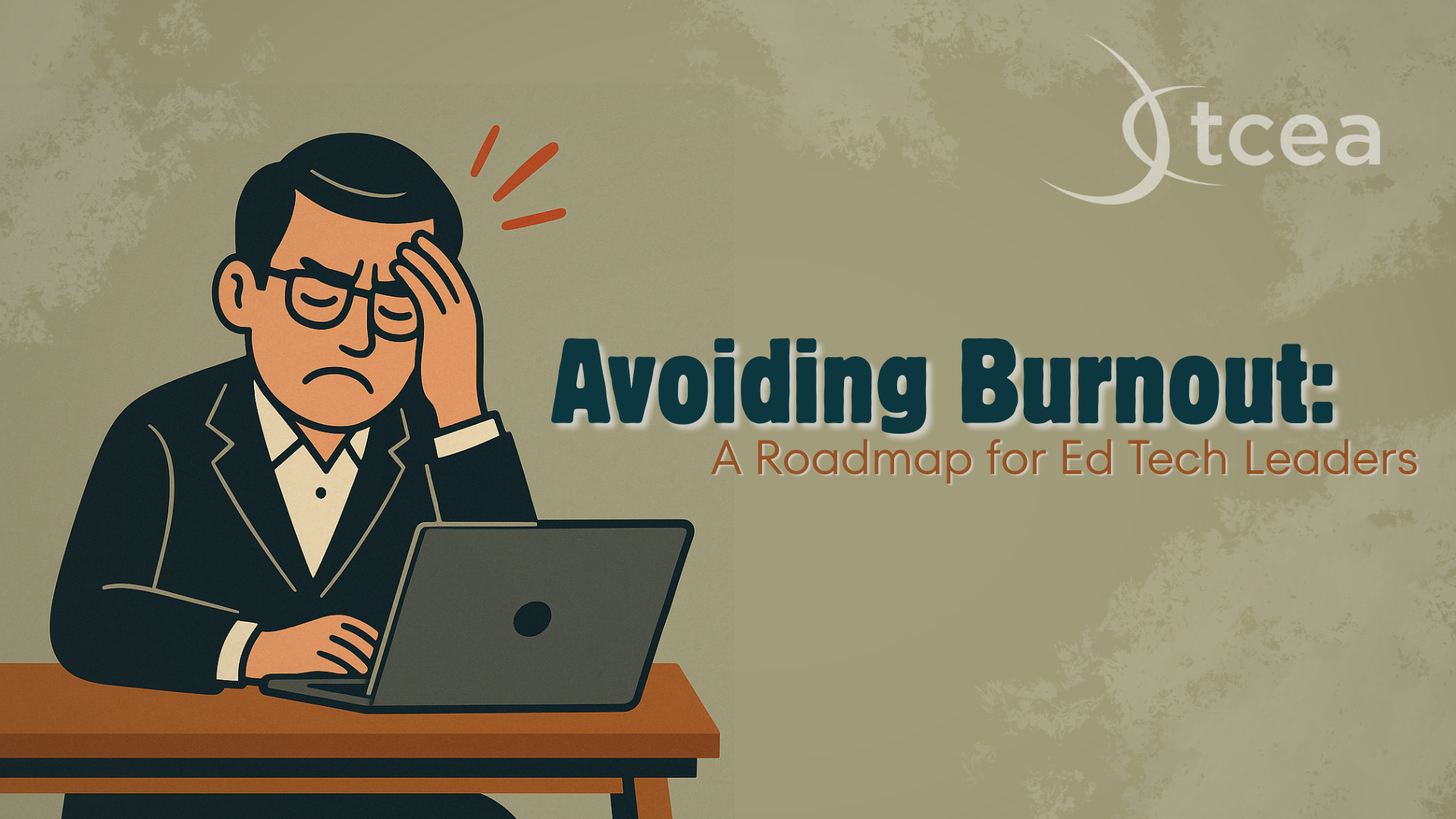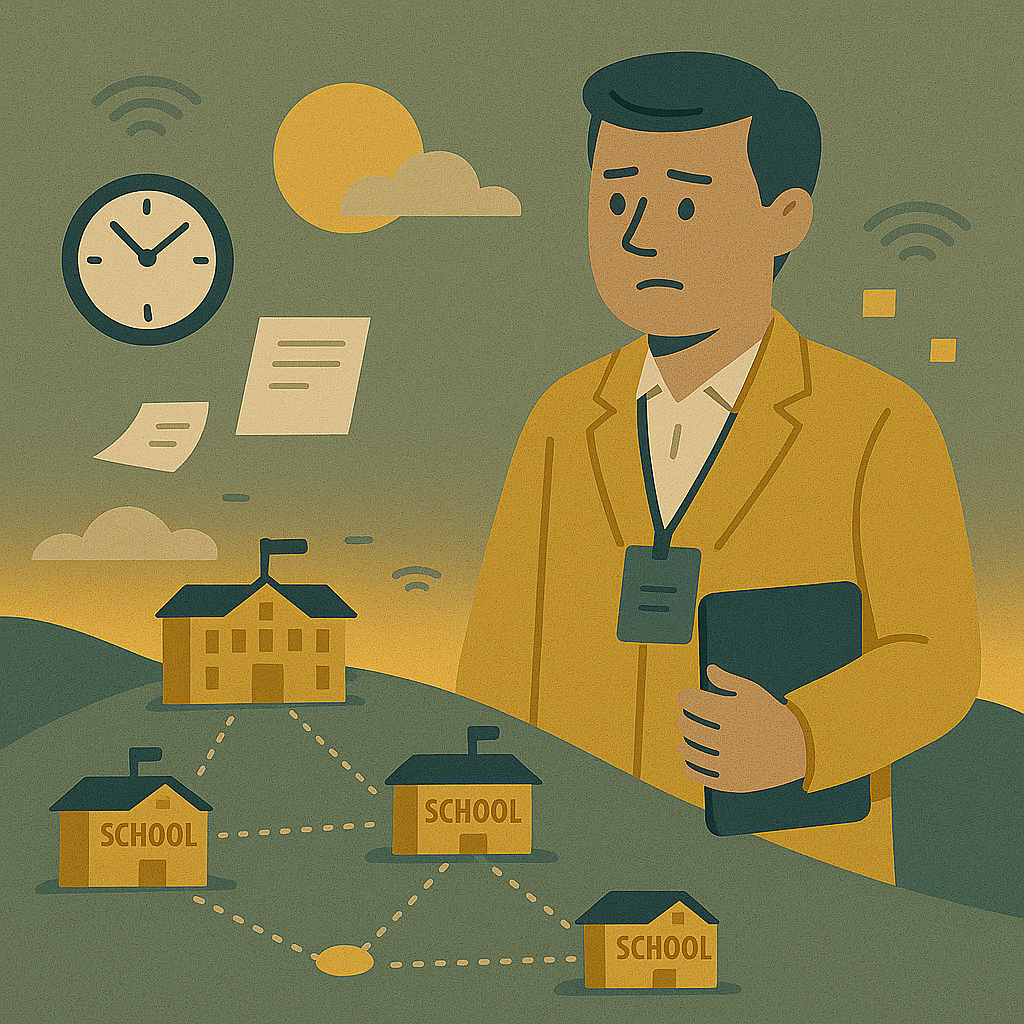
The school year has just begun. You’re fresh, maybe even a little excited about what lies ahead. But if you’re like many educational technology leaders, you’re also already busier than you’d prefer. Long days, rapid rollouts, and competing priorities can quickly drain that early-year energy. This post is here to help you stay energized, avoid burnout, and pace yourself more sustainably in the months ahead.
Burnout doesn’t show up all at once. It builds quietly, over time. For educational technology leaders juggling the demands of infrastructure, integration, training, and strategic planning, it can sneak in before we recognize the signs. But we can catch it earlier, recover faster, and help others along the way—if we know what to look for.
In this post, I’ll map out five key stages of burnout, offer practical recovery strategies at each point, and explore how leaders can set boundaries that prevent the burnout spiral in the first place.
Before we examine these stages, take a moment to consider your role’s natural rhythms. Most ed tech positions have predictable pressure points—back-to-school rollouts, mid-year device refreshes, spring testing seasons, or budget planning cycles. Recognizing these patterns won’t eliminate the intensity, but it can help you prepare mentally and practically for what’s coming. When you know a challenging period is approaching, you can build in recovery time afterward, communicate expectations with your team, and avoid scheduling additional major projects during peak stress windows.
1. The Antsy Stage: Subtle Shifts and Overcommitment

“I just need to get through this week. Then things will slow down.”
This early stage often feels like low-grade restlessness. You might notice a shorter fuse, missed workouts, or less energy for creative projects. It’s easy to chalk it up to a “busy season,” but it’s more than that. Your brain is already working overtime to manage the cognitive load, leaving less bandwidth for the activities that normally recharge you. The warning signs are subtle but consistent—a pattern of small compromises that quietly accumulate.
Signs:
- Saying yes to too many projects
- Skipping lunch or breaks
- Working late more than once a week
Recovery Strategy:
- Audit your calendar for nonessential meetings or redundant tasks.
- Recommit to micro-boundaries: one no-work evening per week, scheduled lunch breaks.
- Use tools like Clockwise (freemium) to protect focus time or integrate an AI tool (such as Gemini, ChatGPT, Claude or Copilot) you already have access to.

2. The Irritable Stage: Frustration in Overdrive
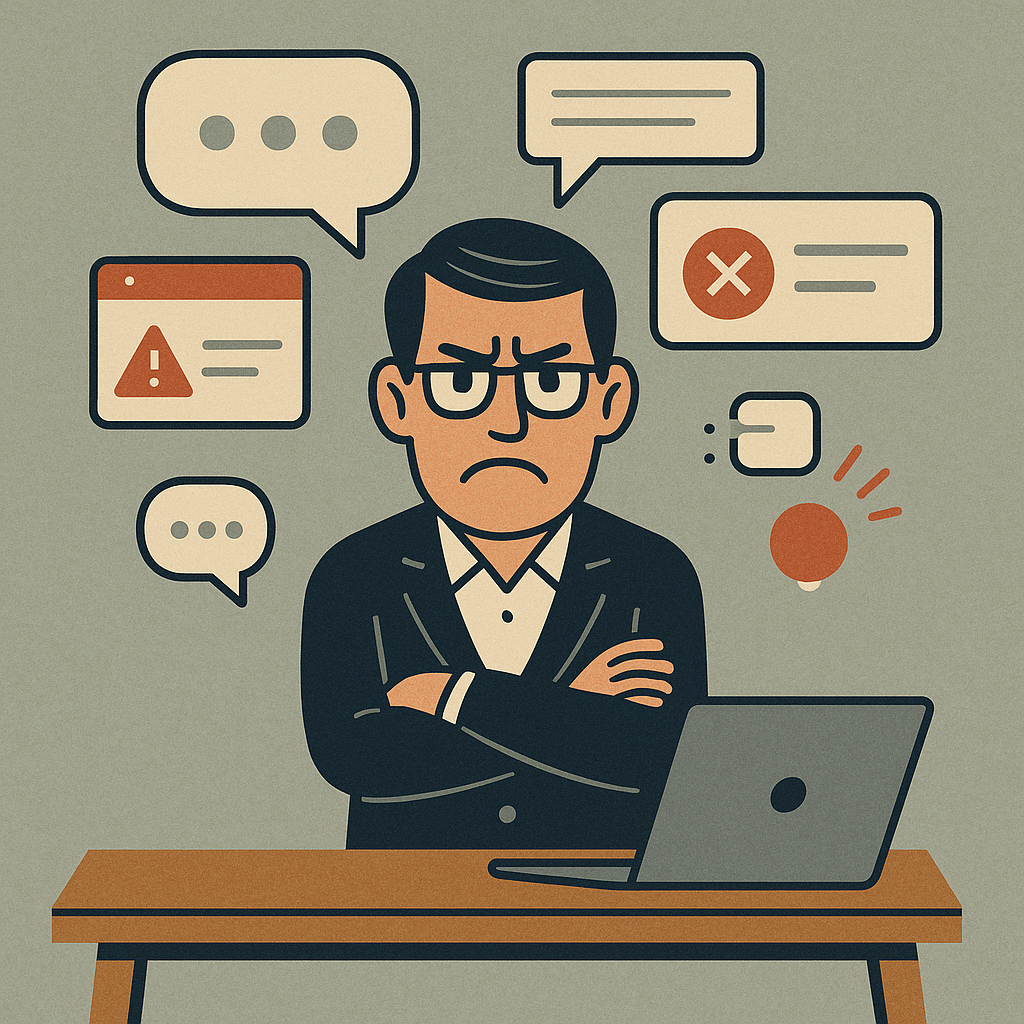
“If one more person emails me about the Wi-Fi…”
This is when exhaustion starts to override empathy. You may still be meeting deadlines, but patience is waning. Small interruptions that you’d normally handle gracefully now feel like major disruptions. You might find yourself mentally rehearsing sharp responses to routine questions, or feeling genuinely annoyed by colleagues who need support with basic tech issues. The professional mask is still in place, but it’s requiring more effort to maintain. What used to feel like collaborative problem-solving now feels like an endless stream of demands on your already depleted reserves.
Signs:
- Sarcastic thoughts or comments
- Dread before routine meetings
- Reactivity over reflection
Recovery Strategy:
- Block 30 minutes daily for “quiet admin catch-up.”
- Shift 1:1s from status updates to “what’s energizing you right now?”
- Try the “energy menu” strategy from The Coaching Habit by Michael Bungay Stanier (pick 1 task each day that refuels you).

3. The Disengaged Stage: Losing the Spark
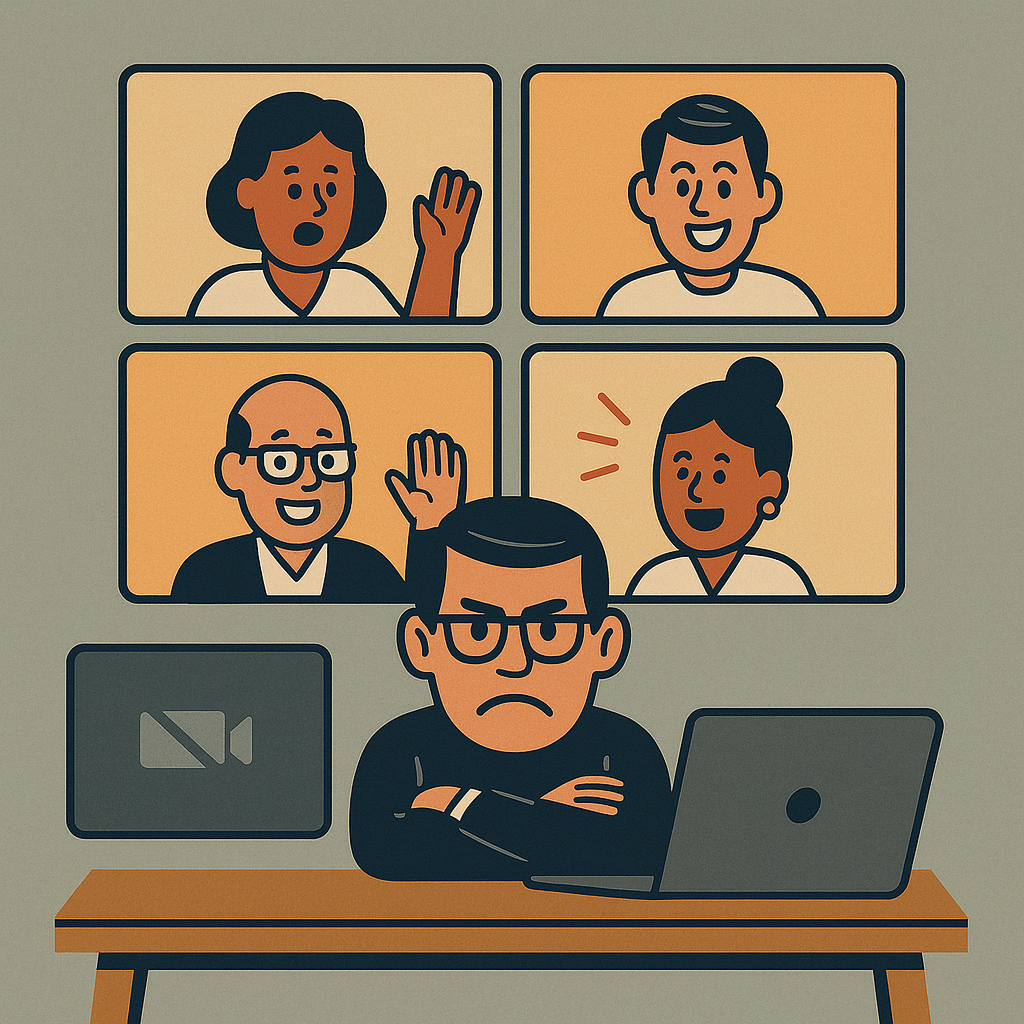
“What’s the point? Nothing ever really changes.”
When burnout deepens, disconnection takes hold. You may feel like you’re faking your usual enthusiasm. The work that once energized you—solving complex integration challenges, seeing teachers light up with new tools—now feels mechanical and hollow. You go through the motions of leadership, but there’s a growing sense that you’re performing a role rather than living it. Strategic conversations that used to spark creativity now feel abstract and removed from anything that matters. Even successful project completions bring little satisfaction, leaving you wondering if this is what you actually signed up for.
Signs:
- Passive participation in key meetings
- Delayed email responses
- Cynicism toward new initiatives
Recovery Strategy:
- Reconnect to purpose: Review a project that did make an impact.
- Seek out a peer network (like our CTOs and Technology Directors community group) or consider attending the System Administrator and Technical Support Conference on November 6-7, 2025 in Georgetown, Texas.
- Protect one hour per week for “deep work on what matters.”

4. The Numb Stage: Survival Mode
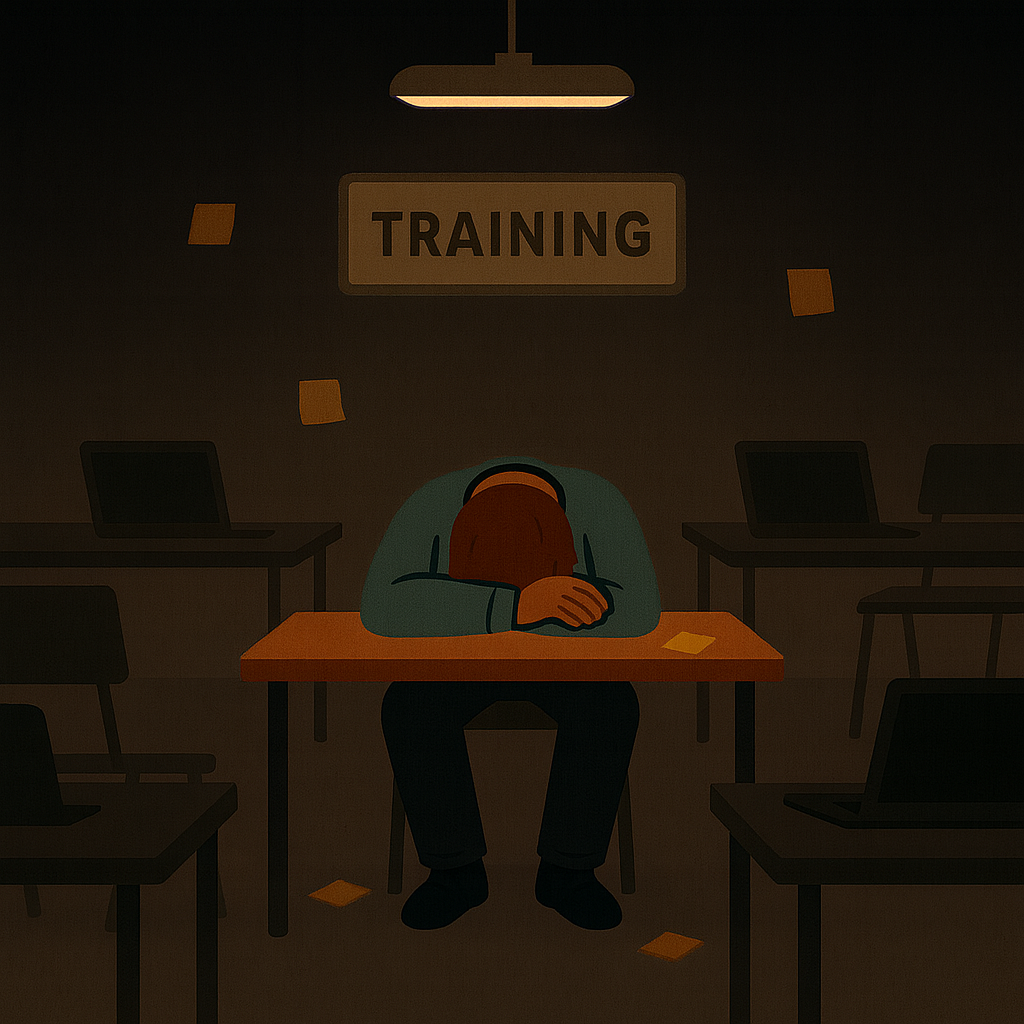
“I don’t even care if I finish this. Just let it be done.”
At this point, you may feel emotionally flat. Productivity drops, and even small wins feel meaningless. Tasks that should take an hour stretch into half a day as your brain struggles to focus or care about the outcome. You might catch yourself staring at your screen, knowing you have important work to do but feeling completely unable to summon the mental energy to begin. Simple decisions become overwhelming, and you may find yourself avoiding conversations or postponing meetings just to minimize additional cognitive load. The emotional numbness extends beyond work—things that used to bring joy outside the office also feel distant and unreachable.
Signs:
- Forgetting deadlines or tasks
- Frequent minor illnesses
- Withdrawing from team engagement
Recovery Strategy:
- Take a real break. Use leave time.
- Prioritize sleep, hydration, and walks—the basics matter.
- Use journaling (apps like Day One) to name what’s happening.

5. The Breakdown Stage: Shutdown
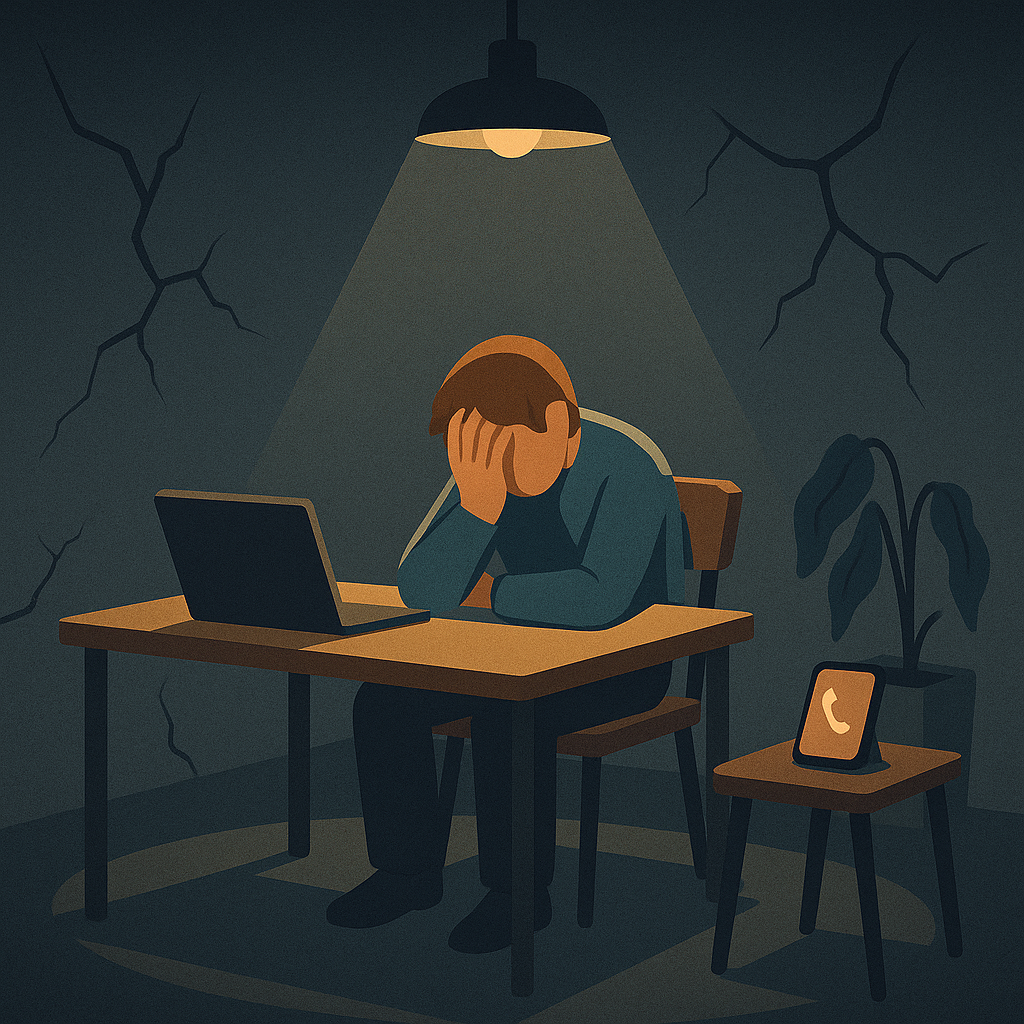
“I can’t keep doing this. Something has to change.”
This is where burnout turns into a crisis. It’s not just about work anymore—it affects identity, health, and relationships. You may question your competence in ways that go far beyond normal self-reflection, wondering if you’re fundamentally unsuited for leadership or if you’ve been fooling everyone all along. Physical symptoms become impossible to ignore—persistent headaches, sleep disruption, or a immune system that seems to have given up entirely. Relationships suffer as you withdraw from family and friends, either because you have nothing left to give or because you feel like a burden. The person you used to be feels like a stranger, and the path back to that version of yourself seems impossible to imagine. Many of us have been in this stage before. If you find yourself here, please reach out for support and get the help you need to become the you you used to be.
Signs:
- Extended absences
- Panic attacks or chronic exhaustion
- Resignation or withdrawal from professional roles
Recovery Strategy:
- This stage often requires external support: therapy, medical help, or extended leave.
- Simplify: Drop everything nonessential for now.
- Focus on reconnection: nature, people, purpose.

Healthy Boundaries to Stay Off the Burnout Spiral
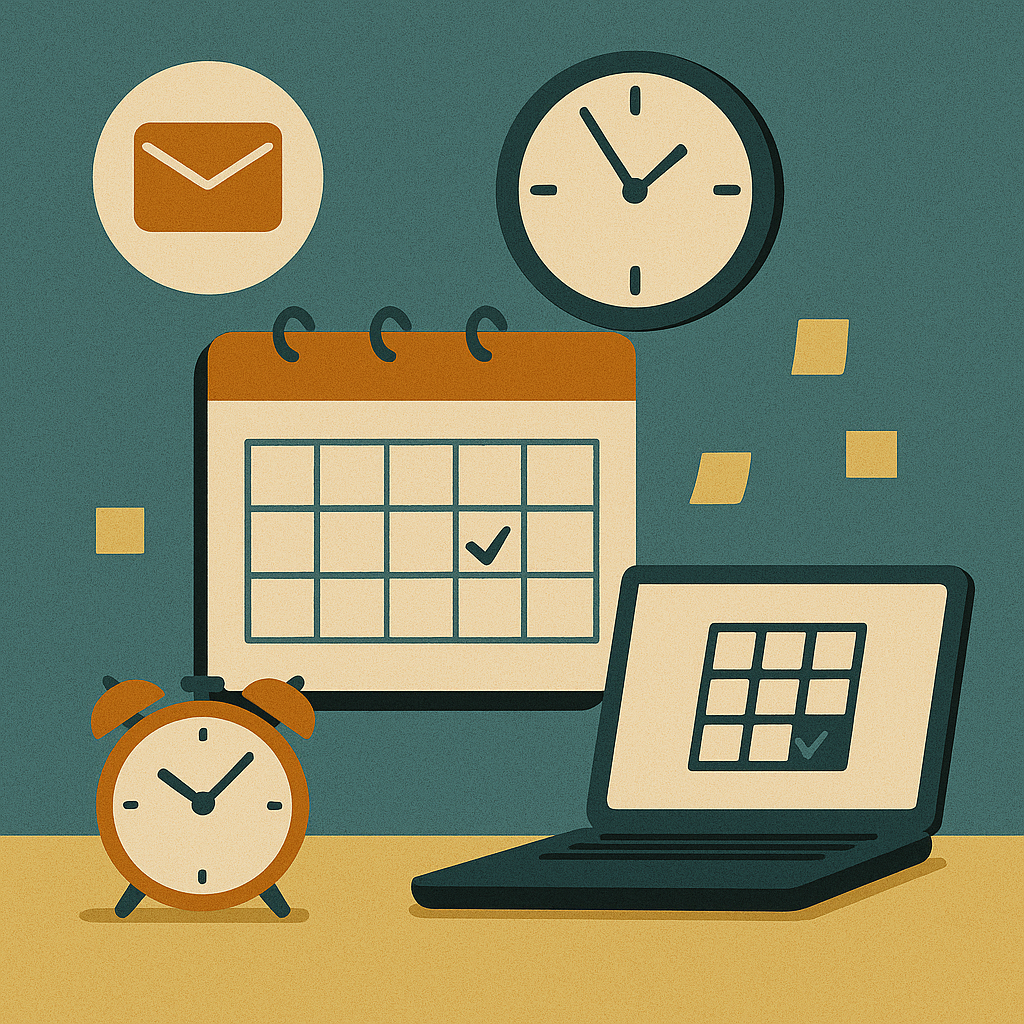
Prevention is always easier than recovery. The most effective way to avoid the burnout spiral is to establish clear, sustainable boundaries before you need them. This isn’t about being less committed to your work—it’s about being more strategic with your energy so you can sustain high performance over the long term. Boundaries aren’t walls that keep you from doing good work; they’re guardrails that help you do your best work consistently without sacrificing your wellbeing in the process.
Quick Wins:
- Set email response windows (e.g., 8:00–4:30 only)
- Use shared project trackers to avoid late-night status checks
- Block “quiet weeks” post-implementation to recharge
Ideas to Try:
- Team Pulse Checks: Monthly anonymous surveys to monitor energy and focus
- Permission to Pause: Build “deep work sprints” into quarterly goals

Helping Others Heal: Support Without Fixing
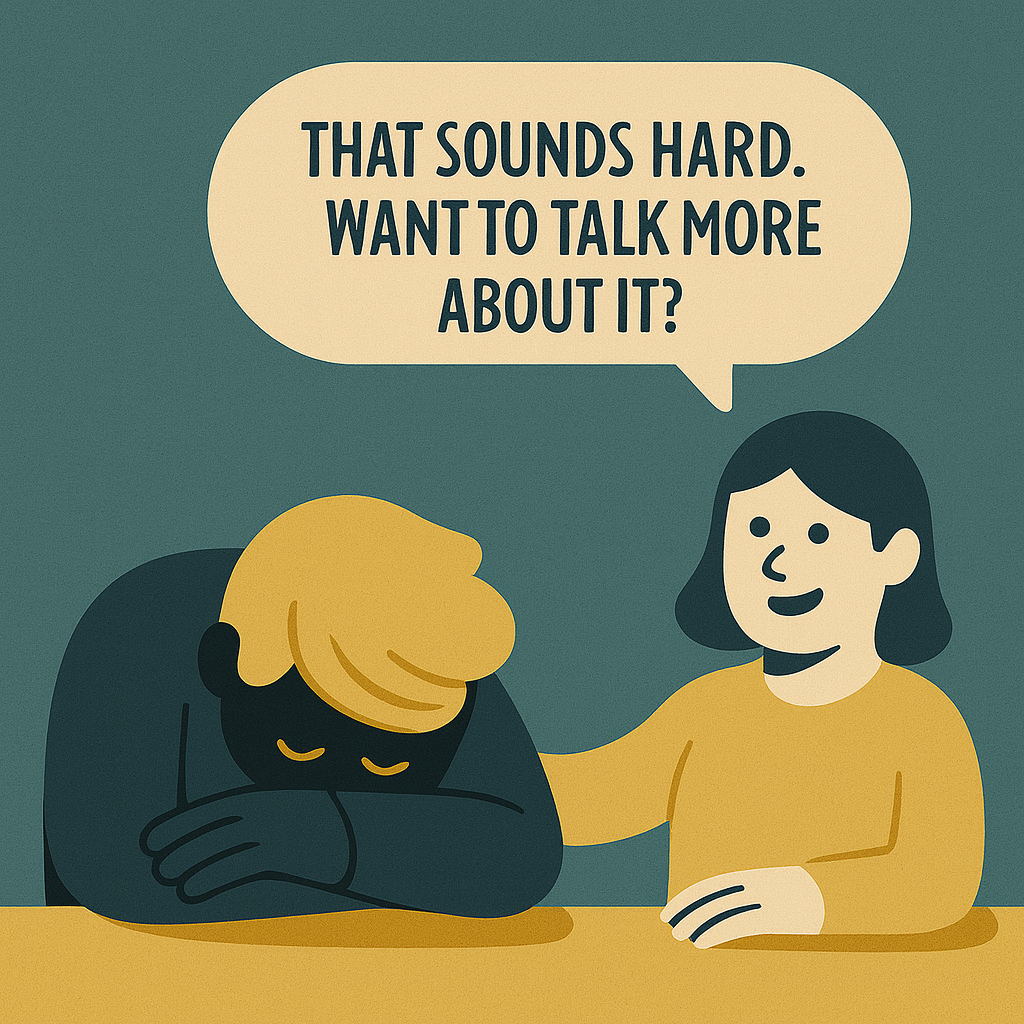
As leaders, we often feel responsible for solving everyone’s problems, but burnout recovery requires a different approach. When you notice a colleague struggling, your instinct might be to jump in with solutions or take their workload off their plate. While well-intentioned, this can actually reinforce their sense of inadequacy or create dependency. Instead, the most powerful support often comes through presence, validation, and creating space for them to find their own path forward. Your role shifts from problem-solver to witness and advocate.
- Be present, not prescriptive. Sometimes “That sounds hard. Want to talk more about it?” is more powerful than advice.
- Offer micro-support. Can you cover a call, extend a deadline, or just check in on their behalf?
- Celebrate recovery steps. Not just “comebacks,” but boundaries set, help requested, and clarity regained.
What’s One Thing You’ll Try?
Burnout prevention isn’t about implementing everything at once—that’s just another way to overwhelm yourself. Start small. Pick one strategy from this guide that resonates with you, whether it’s setting email boundaries, scheduling weekly deep work time, or simply paying attention to which stage you’re currently in.
Remember, taking care of yourself isn’t selfish—it’s essential leadership. When you model sustainable practices, you give your team permission to do the same. The technology challenges will always be there, but you’ll be better equipped to handle them when you’re operating from a place of energy rather than depletion.
Your district needs you at your best, not your most exhausted. What’s one boundary you can set this week to protect your energy for the work that truly matters?
We’d love to hear what works for you. Share your experience with these strategies, or let us know what other approaches have helped you maintain balance in your ed tech leadership role.

